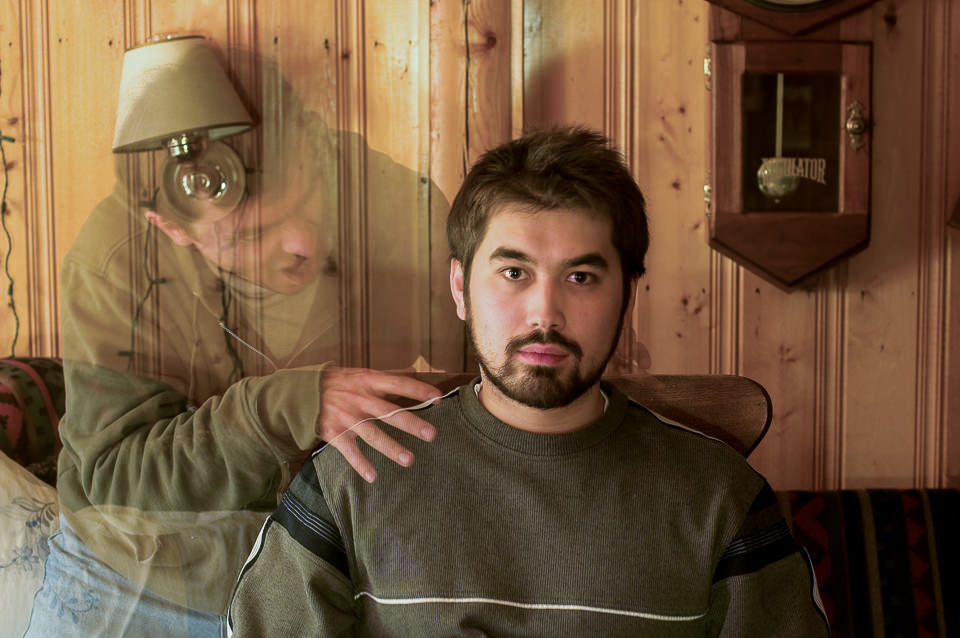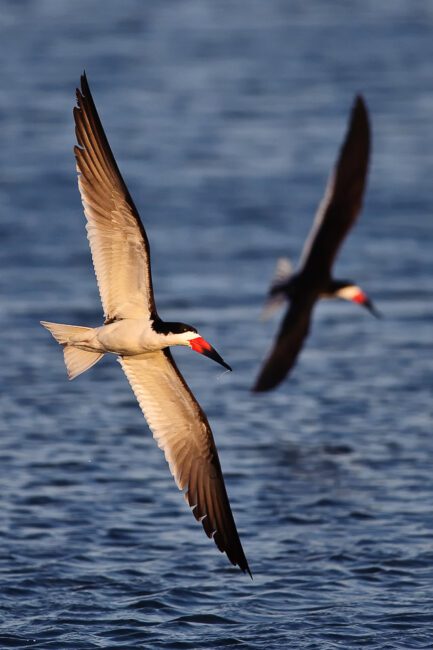رؤية منخفضة مقابل ضوضاء iso عالية
لإعطاء مثال على صورتين تم التقاطهما بقيم iso مختلفة، قم بإلقاء نظرة على المقارنة أدناه. انتبه إلى مستوى الضوضاء (التحبب والألوان المبقعة) في الصور:
[ATTACH=JSON]n170677[/ATTACH]
الفرق واضح - الصورة عند iso 3200 بها ضوضاء أكثر بكثير من تلك الموجودة عند iso 200 (والتي قمت بتفتيحها باستخدام سرعة غالق طويلة بدلاً من ذلك). ولهذا السبب يجب عليك تجنب قيم iso العالية كلما أمكن ذلك، إلا إذا تطلبت الظروف استخدامها.
لإعطاء مثال على صورتين تم التقاطهما بقيم iso مختلفة، قم بإلقاء نظرة على المقارنة أدناه. انتبه إلى مستوى الضوضاء (التحبب والألوان المبقعة) في الصور:
[ATTACH=JSON]n170677[/ATTACH]
الفرق واضح - الصورة عند iso 3200 بها ضوضاء أكثر بكثير من تلك الموجودة عند iso 200 (والتي قمت بتفتيحها باستخدام سرعة غالق طويلة بدلاً من ذلك). ولهذا السبب يجب عليك تجنب قيم iso العالية كلما أمكن ذلك، إلا إذا تطلبت الظروف استخدامها.



تعليق